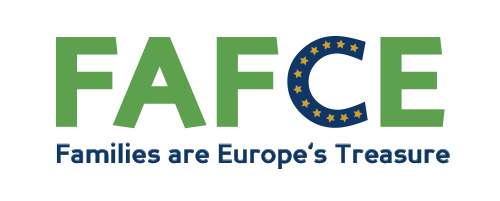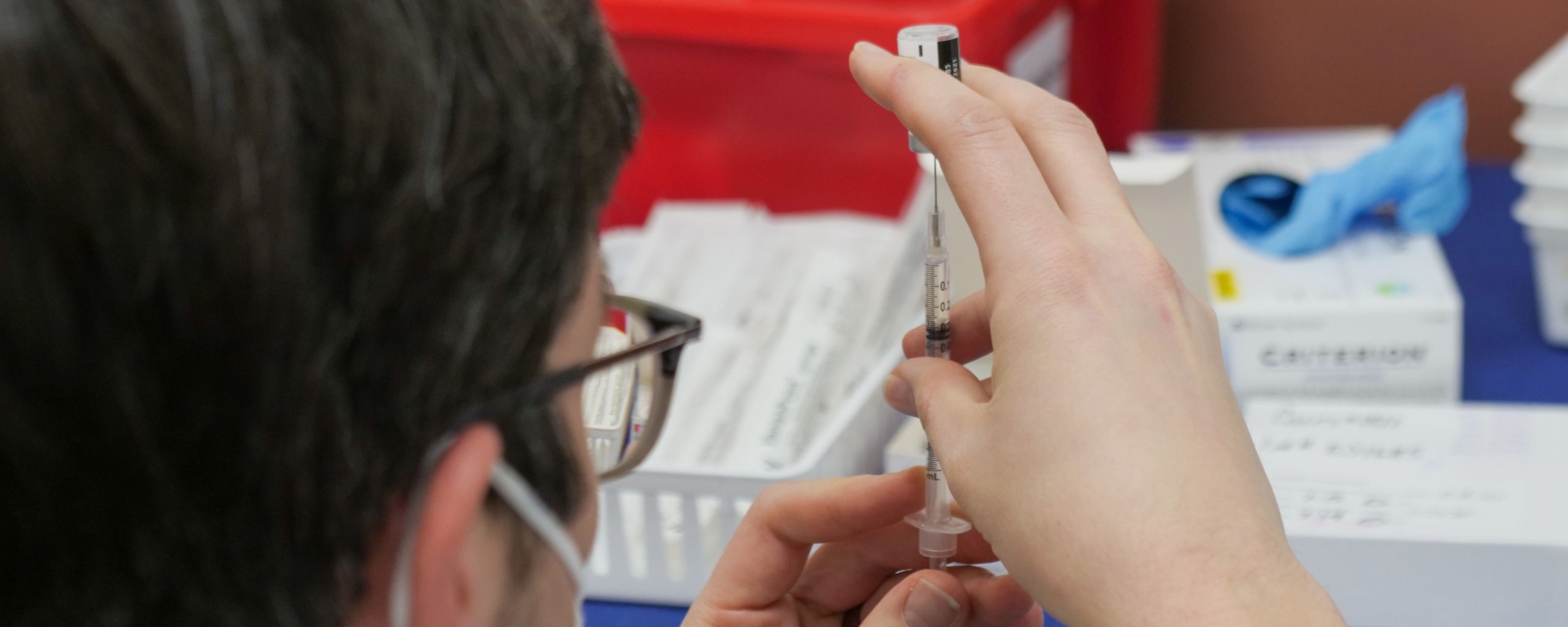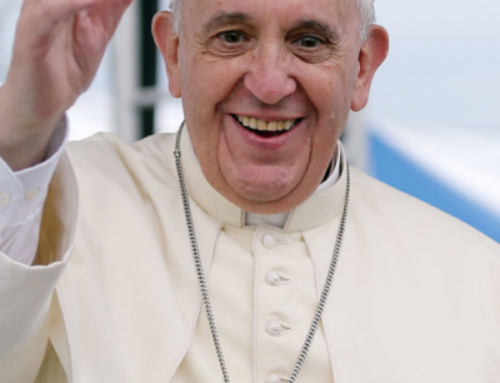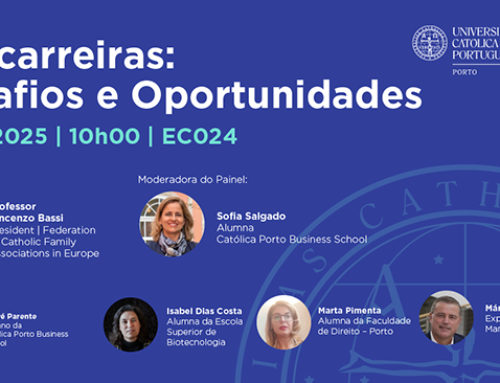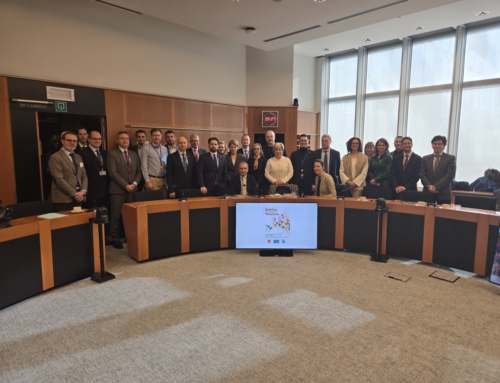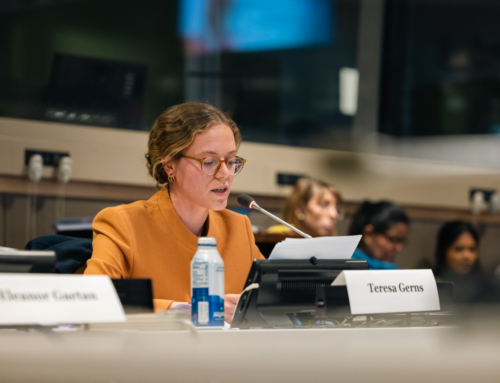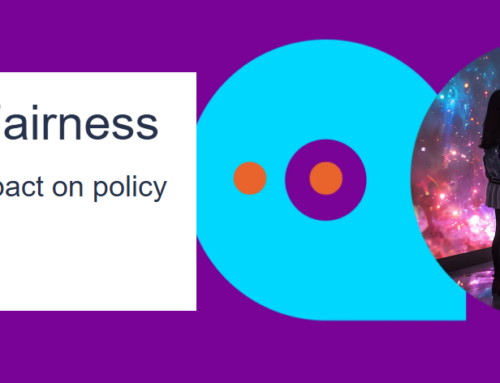Article translated from the original version in French, published by the Confederation of Catholic Family Associations: “Vaccination Covid-19“, 20 January 2021.
What is a vaccination?
A vaccination stimulates the immune defences, especially the immune memory.
To achieve this, an agent of the disease that was sufficiently recognisable to trigger the immune phenomenon but not sufficiently to trigger the disease is inoculated to the patients. This immune phenomenon remains in the immune memory and when an active agent of the disease arrives, it is recognised and stopped by the immune defences before the disease even develops.
The different types of vaccines
Until now, there have been two types of vaccines.
- Vaccines with live but attenuated infectious agents: the infectious agent is alive but has been diminished in its ability to induce disease.
- Inactivated vaccines:
- Either a fragment of the infectious agent: its wall or its toxin, as in the case for the tetanus.
- Or the whole but inactivated agent, for the pertussis.
- Or an even smaller part of the agent: for example, just a protein on its wall, for the flu vaccine.
The Messenger RNA
For 10 years, a new technique has been under study and has been used to combat Ebola and Zika: the so-called RNA messenger technique.
The RNA messenger is the intermediary that is used by our cells to carry the “manufacturing and work plans” of our cell nucleus to their cytoplasm where the “protein factories” are located. These plans are encoded by the DNA in our chromosomes, which are copied by the RNA, which cross the boundary from inside the cell nucleus to outside the nucleus (but in one way). The plans contained in the nucleus thus remain protected in the nucleus.
This technique supposes to inoculate a synthetic RNA messenger, which will make our own cells produce the recognisable molecule of the infectious agent (Spike Protein) in order to stimulate the immune defences.
It is the latter method that is used by the Pfizer-BioN’tech and Moderna vaccines.
How is a vaccine made?
To make a vaccine, infectious agents must be cultivated, studied and manufactured.
For this, it is necessary to put these agents in specific culture environments: for bacterial agents (which are whole cells), it is only necessary to give them nutrients; however for viral agents, they need living host cells. While some viral agents can be easily grown on chicken egg cells, cells from human or animal organs, other viral agents will multiply best on cells from human embryonic lines. There are three lines of these cells that come from induced abortion: the HEK-293 line, derived from a foetus aborted in 1972 in the Netherlands, the MRC-5 line, derived from a foetus aborted in 1966 in England, and the Per.C6 line, derived from a foetus aborted in the Netherlands in 1985. Embryonic cells underwent numerous transformations before giving these used cell lines.
Is there a moral problem in choosing to be vaccinated?
We have a duty towards our own body to preserve its health and towards other more vulnerable people who cannot have access to vaccination. Vaccinations have made it possible to stop many serious or fatal diseases: smallpox, rabies, cholera. Moreover, the manufacture of vaccines does not pose any particular ethical problems. However, there is a moral question about the manufacture of some of them, including the vaccine developed by AstraZeneca against Covid-19.
The moral problem comes from the use, for research and the manufacture of certain vaccines, of these lines derived from foetal cells obtained as a result of an act which is bad in itself: an induced abortion.
The Congregation for the Doctrine of the Faith in its text of 21 December 2020 “on the morality of the use of certain anti-Covid 19 vaccines” nevertheless helps to enlighten our conscience, it recalls three previous statements on the same subject: that of the Pontifical Academy for Life in 2005, the instruction Dignitas Personae of the Congregation for the Doctrine of the Faith in 2008 and finally a new note of the Pontifical Academy for Life in 2017.
It states that in the context of the current Covid-19 pandemic, “all vaccinations recognised as clinically safe and effective can be used in good conscience with the certain knowledge that the use of such vaccines does not constitute formal cooperation with the abortion from which the cells used in production of the vaccines derive” (source vatican.va).
Archbishop Suaudeau enlightens us a little more: “The doctors who prescribe the use of the vaccine, and the users of the vaccine, for themselves or for their children, achieve a very distant form of material cooperation, with no consequences in terms of responsibility and accountability. On the other hand, if these same doctors or vaccine users approve the act of voluntary abortion that made the development of the vaccine possible, they enter into a formal cooperation, and their accountability is complete. In conclusion, one should refrain from using ethically problematic vaccines if this can be done without endangering people’s health. Otherwise, an alternative vaccine should be used.
If the infectious agent against which the vaccine is directed is highly invasive, causes serious disease, has a significant lethality, and if there is no alternative vaccine available, the ethically problematic vaccine will be used, but it must be made clear that acceptance does not mean approval, but choosing the lesser evil for the common good” (source Aleteia).
From an ethical point of view, the use of the AstraZeneca vaccine, whose research and manufacture uses the HEK293 cell line, should be avoided as much as possible. The Pfizer and Moderna vaccines can be used: although the HEK 293 line has been used for their Spike protein tests, this line is not directly involved in the manufacture of the vaccines. There is thus no cooperation with abortion in the use of these vaccines.
What are the vaccines used for?
The purpose of vaccination is twofold: it aims to protect both individuals and groups.
Individual protection
When you are vaccinated, you reduce the risk of getting sick, having after-effects, or even dying from the disease.
Collective protection
Getting vaccinated also reduces the circulation of a disease in the general population, and thus reduces the risk of people who cannot get vaccinated encountering the disease. You can even suppress the circulation of a disease when the vaccine is effective, and the vaccination coverage of the population is high (example of the smallpox).
What about coronavirus?
The proposed vaccines are known to reduce severe forms of Covid-19, but it is not known whether they have an impact on disease transmission.
That is why today :
- Vaccination is not compulsory
- Vaccination is only offered to people over 75, caregivers over 50 and vulnerable people. This vaccination will only take place after a medical consultation, where a doctor will evaluate with the person the benefits and risks of this vaccination.
On the other hand, other vaccines will arrive, using other techniques. The current issue is to determine who can and cannot wait, depending on the state of health of the people who wish to be vaccinated.
Conclusion
The current crisis that endures to this day given the global pandemic must without doubt reach a solution as soon as possible. For the moment, the only way out is through vaccinations, but we must not forget the search for antiviral treatments, the fight against risk factors: sedentary lifestyle, obesity, cardiovascular diseases, poor hand hygiene, etc., not to mention the situation of our health system, already in great difficulty before the current health crisis. It would therefore be essential to promote a healthy lifestyle, regular physical activity, the fight against addiction, a healthy and varied diet, exposure to the outdoors, as well as support and even a profound rebuilding of our health system.
